Winding road, bright blue sea and sweet lemons
On the way to Sicily, we couldn't miss a very special Italian treat. After a spectacular Hike & Fly from Vesuvio near Naples, the Costiera Almafitana was on the agenda.
Ashes on our heads, but as always, time is short and we save ourselves the trip via Sorrento, preferring to take the mountain pass from Gragnano to Agerola and drive through Monti Lattari. Even though the VW T6 is really not a big camper yet, I was already sweating in some curves with oncoming traffic. But that was only the beginning, because the Amalfitana is of a completely different calibre.
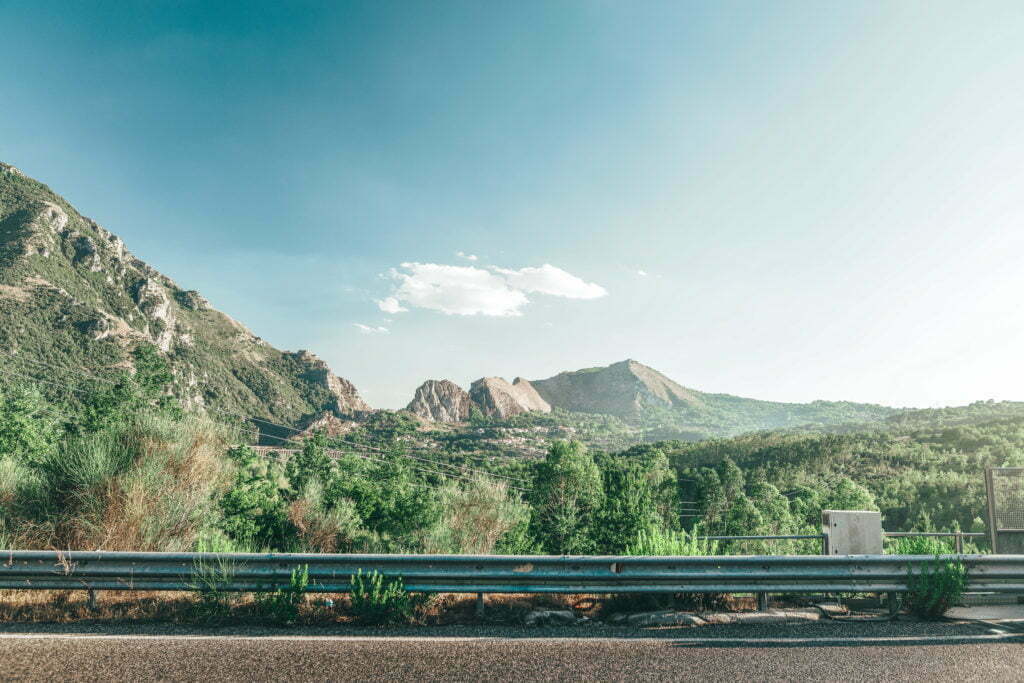
*There was wine involved.
Depending on the time of year, the choice of campsites for campers on this picturesque stretch of coast on the Sorrento Peninsula is modest. Over the Christmas period, however, it is almost nil, so we looked for a nice secluded car park above Praiano. From there we walked towards Pianillo, where we looked for food. By the way, this is also a matter of its own in the less touristy season. Even though it is of course pleasant not to push through crowds of people, the mood is somewhat lacking at the sight of the empty stalls and dark shops. The only thing that helps is to put on some Adriano Celentano on the bus in the evening and sing "Susanna" into the darkness.

Spaghetti Aglio e Olio al Limone
So we strolled through the darkness and next to a highly exclusive restaurant with too much cutlery on the table, we found a small rather inconspicuous pizzeria. I honestly couldn't see any more pizza, for now, and pored over the menu, dissatisfied. And there I found the dish I will never forget in my life. A simple and yet so fine dish, which we have been eating well and truly once a week ever since: Spaghetti Aglio e Olio al Limone.
Even though the Amalfi Coast is mainly focused on tourism, there is another economic asset in the Gulf of Salerno: the cultivation of lemons. And by Mother Earth, you won't find such wonderful lemons in any shop. In comparison, only the puny leftovers end up with us. Big, juicy lemons that you can smell from a distance. And almost as sweet as oranges, without a trace of bitterness. Laboriously cultivated in small terraces, the lemons are mainly used to make limoncello. Or used to refine all kinds of dishes, such as spaghetti aglio e olio al limone.
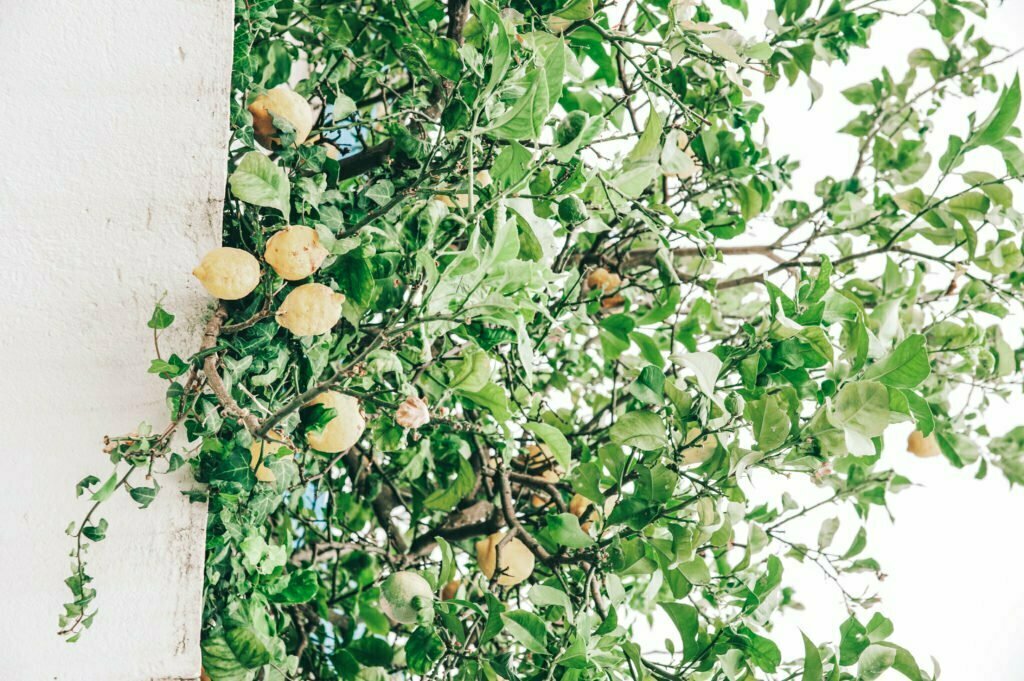
Amalfi is more than just beach tourism
I, still totally unaware of my good fortune, get my spaghetti and the taste experience is gigantic. Even though reluctantly, I give Alex a bite to taste and then have to defend my plate. The fine food is accompanied by an excellent white wine, which the restaurant owner's family grows themselves on the steep slopes of the coast. We like it so much that we take another bottle with us and, to avoid the "Greek wine" effect, of course taste it in the geographical area of the Amalfi Coast.
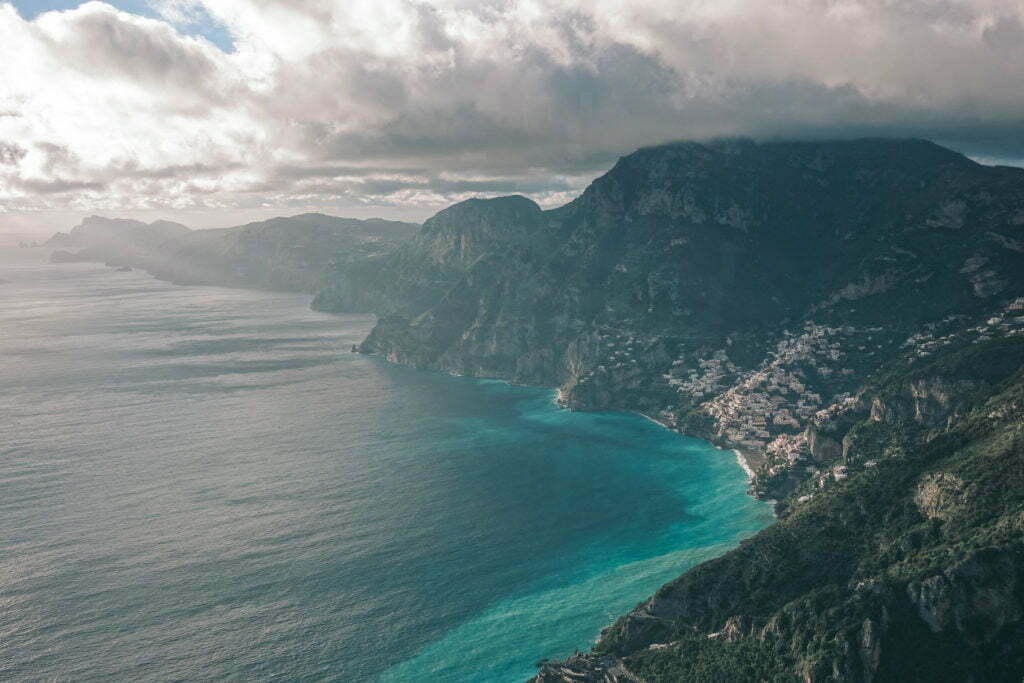
Il mare e Monti Lattari
The Amalfi Coast not only offers beach holidaymakers small hidden bays, adventurous grottos or beach chairs for daily rent. But also for trail run enthusiasts or hikers, there are many exciting tours to discover in the Parco Regionale dei Monti Lattari and around the Riserva Naturale Valle delle Ferriere. We opt for a leisurely run along the Sentiero degli Dei, one of Campania's microadventures.
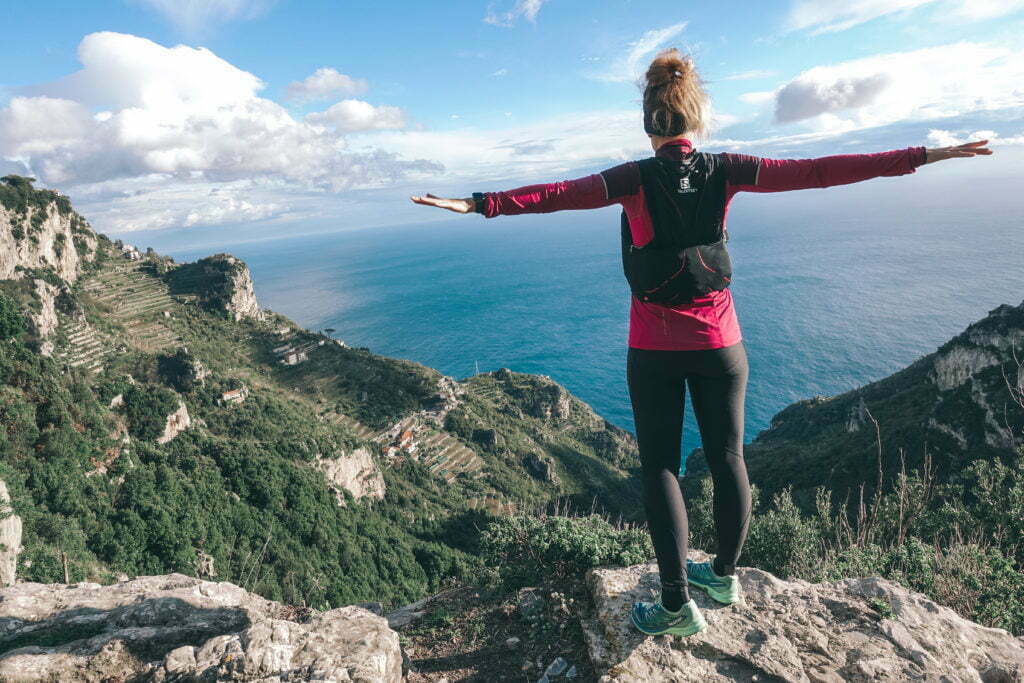
Sentiero degli Dei
We start directly from our car park near Bomerano to the legendary "Path of the Gods" and are happy to have sturdy footwear. The path first begins in quite dense vegetation with beautiful views towards the east and the sea. It goes up and down. We walk under huge rock overhangs and sometimes I get a bit dizzy when looking down! The Sentiero degli Die doesn't skimp on altitude, but every effort is rewarded with breathtaking views of the sea and the Amalfi Coast. This panorama, together with the gigantic views of the coastline, is truly unique. You should definitely take a break here to let this view work its magic on you.
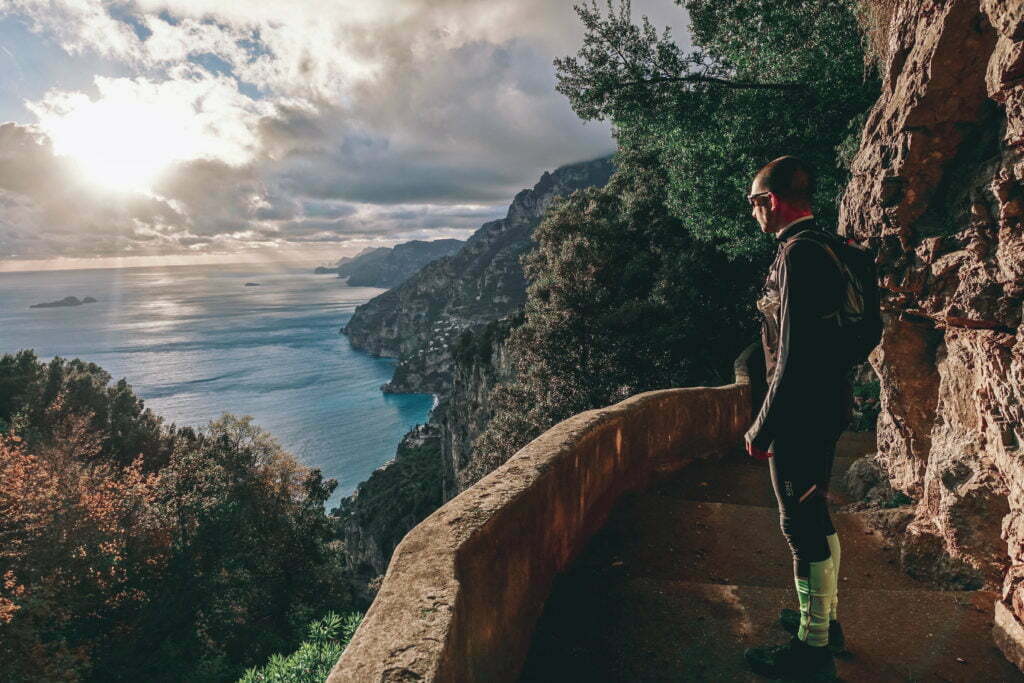
Positano, the town in the cliffs
We reach Positano as the sun is already setting. Positano is a popular and exceptionally beautiful place built into the cliffs. With steep, narrow, but above all colourful alleys, you can reach a dreamlike pebble beach from the highest point. In winter, of course, it is deserted and invites you to look into the distance. But we still have to go back before it gets dark and walk back past the meowing bussies that now creep through the alleys like counterfeit money at cat hour.
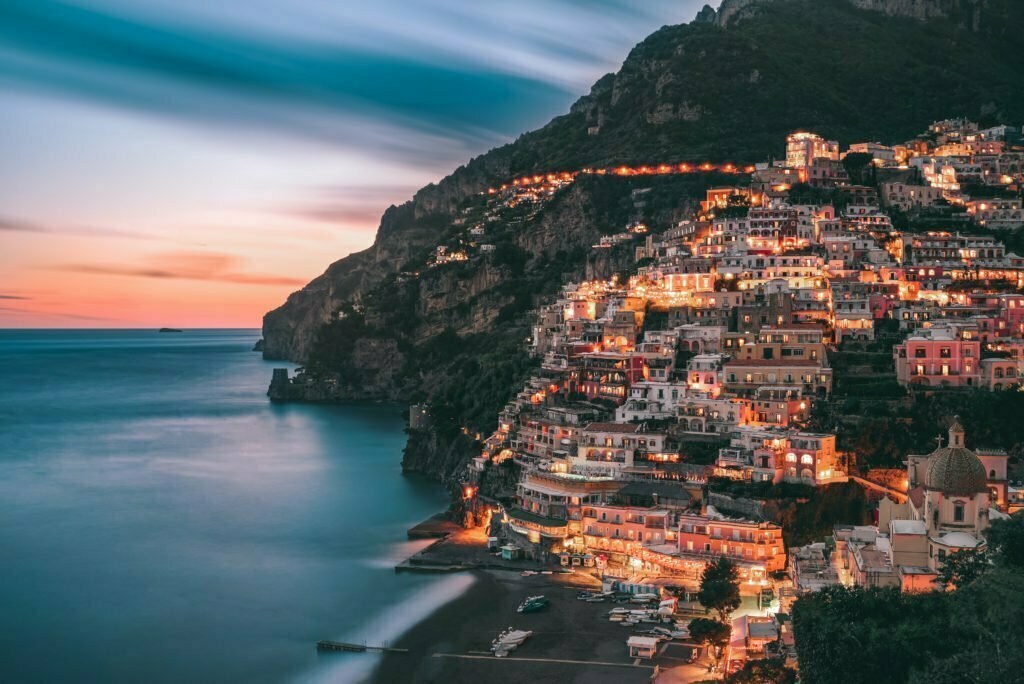
Amalfi, a must-see
The next day we sit down in our camper and then the driving begins. Good thing we haven't had breakfast yet! Of course, the wife wants to have a look here and there, so there is a loud honking from behind, while there are three cars in each no-parking zone. The Carabinieri are also on a joyride, but it feels like nobody cares in winter. Next stop: Amalfi. The small old town invites you to stroll around again. The Sant'Andreas Cathedral is not only worth a visit for art historians, but the cathedral with its mystical cloister is also enchanting. Meanwhile, I can almost sense the sheer endless migration of people and the hustle and bustle during the high season at the sight of the deserted beach. Nevertheless, viva Italia!

We will be back
Since we were travelling in winter, we must have missed out on some beautiful things. And if we're ever on the Costiera Amalfitana in summer, I would:
- Rent a boat: Maybe not a yacht, but something waterproof for paddling or small-motorised to watch the cliff spectacle from afar.
- Swim in the azure sea water: There are so many beaches, and especially some that are certainly not very crowded in summer. A day at the beach - that's what I'd like.
- Fiat 500 at full throttle: you cruise through the narrow streets in style, with only the roaring sea waiting below you. Oncoming traffic honks, Italians shout with their hands and the radio plays Italo-pop at full volume.

more comments
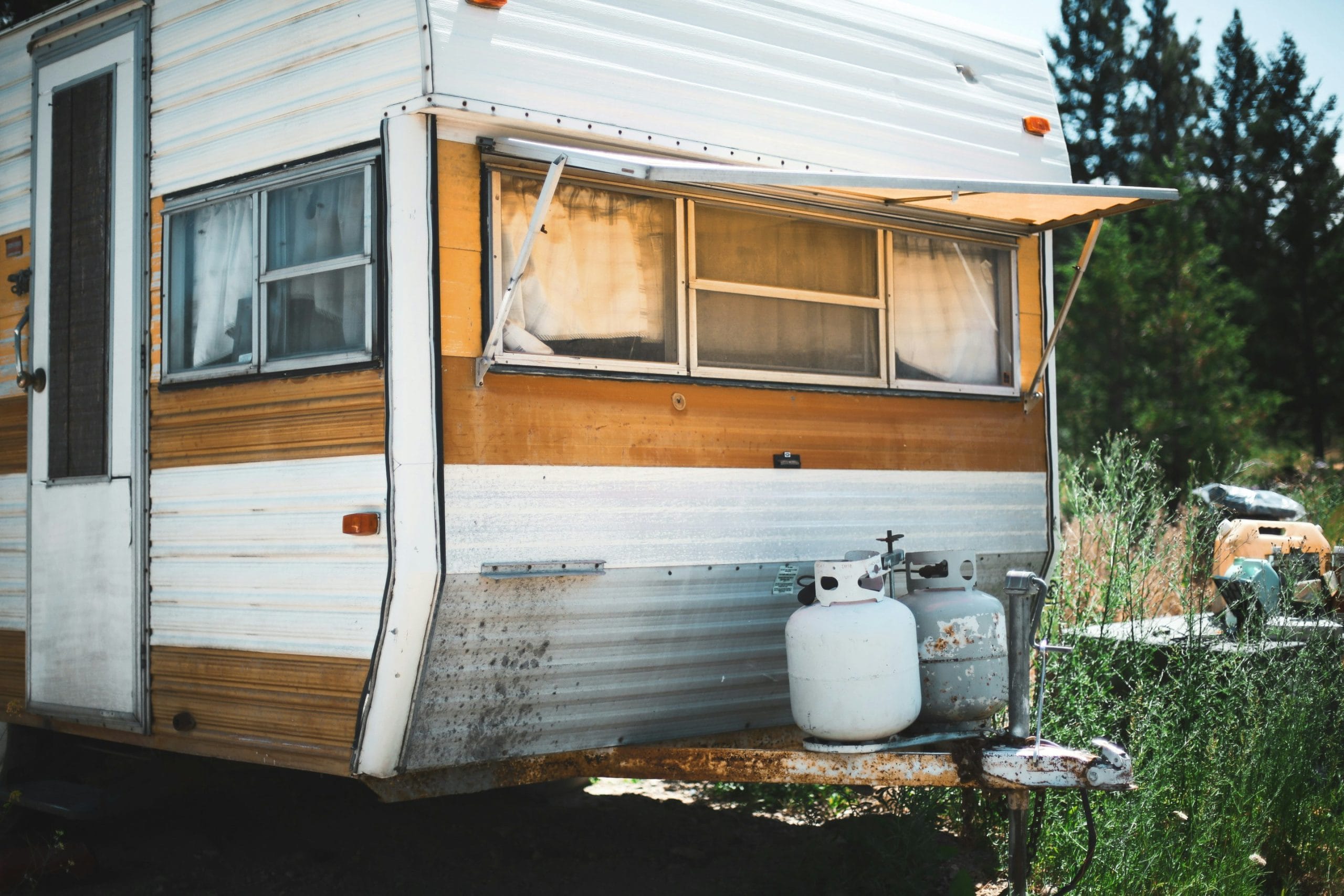
Gasalarm im Wohnmobil – Schutz vor unsichtbaren Gefahren
Gasalarm im Wohnmobil Schutz vor unsichtbaren Gefahren Wer mit dem Wohnmobil, Camper oder Caravan unterwegs ist, geniesst Freiheit und Abenteuer. Aber gerade in der Kleinstwohnform
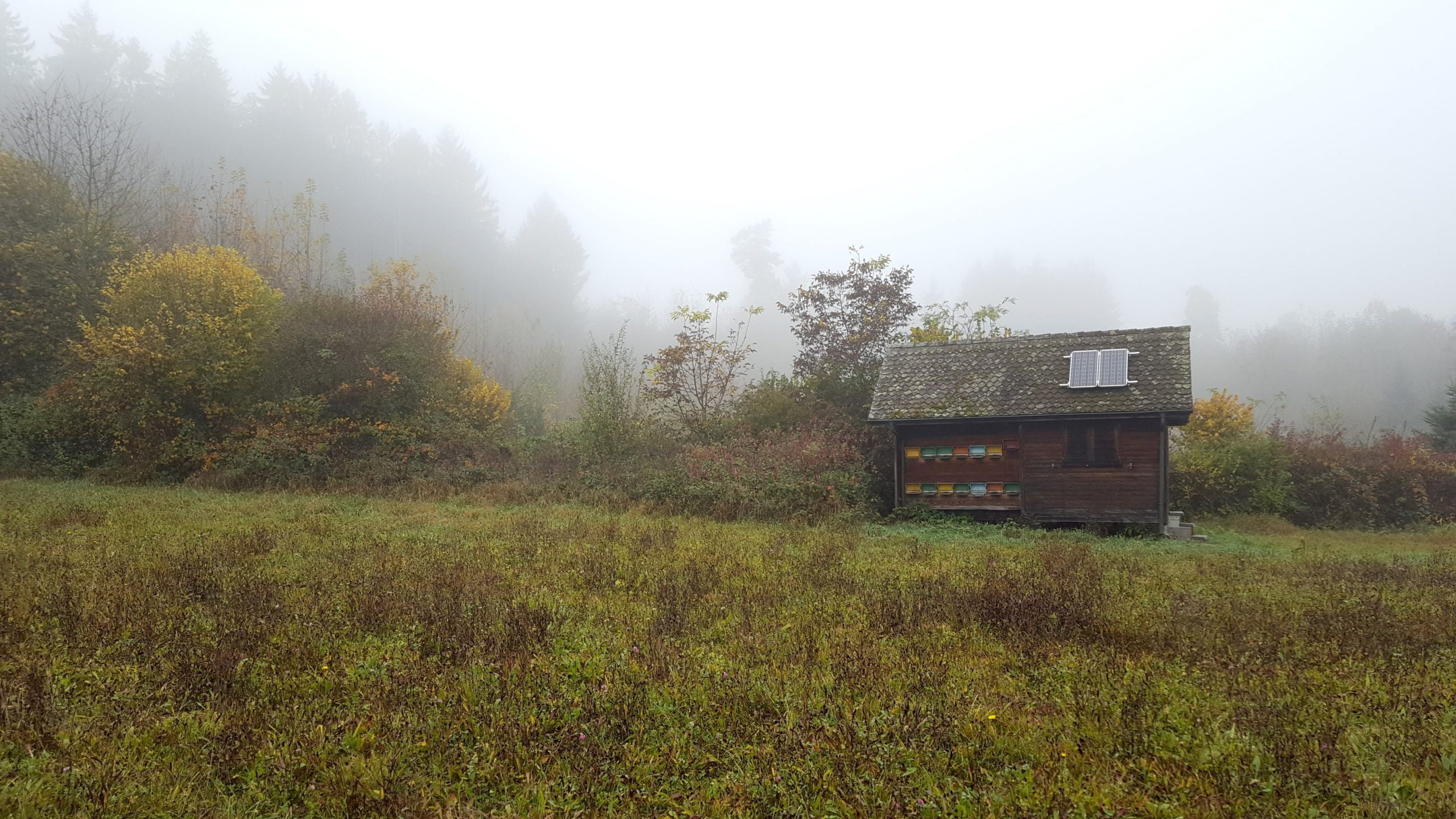
Energy self-sufficient with solar and island system not only for campers
Energy self-sufficient with solar and stand-alone system Not only for campers, but also for mountain huts, alpine pastures, Maiensäss or campsites Contents of this article What is energy self-sufficiency? Energy self-sufficiency means
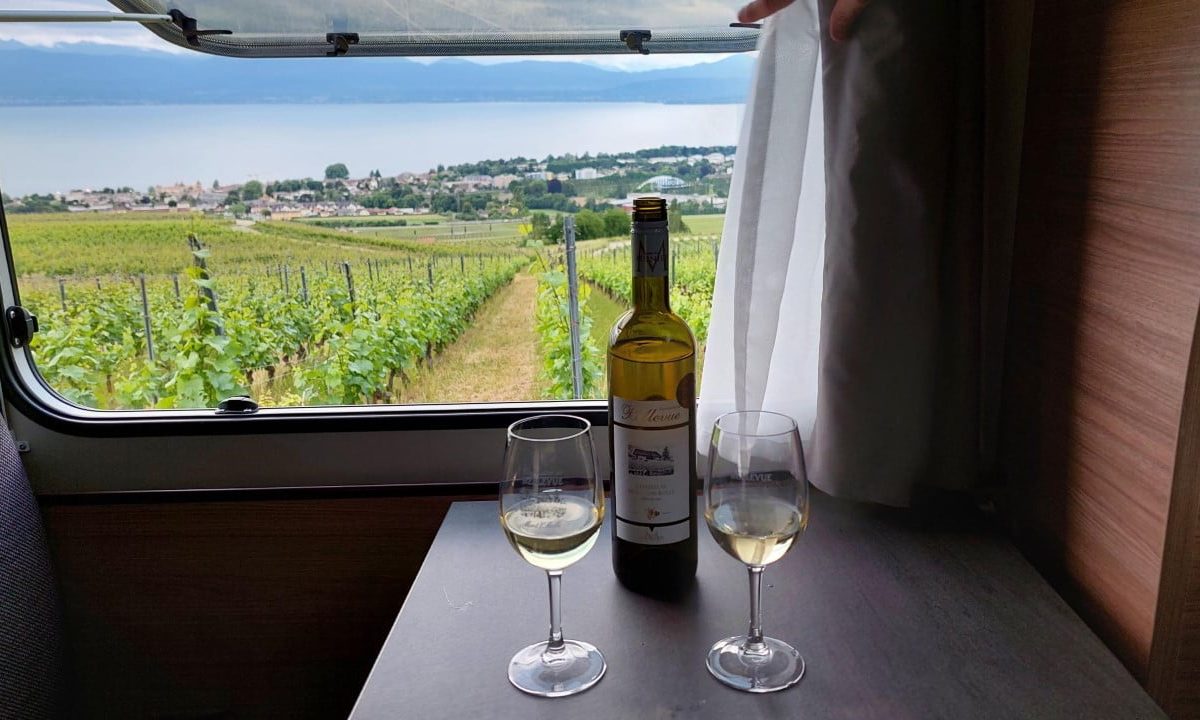
Swiss Hosts is the alternative to camping in Switzerland
Camping on a vineyard, staying overnight at a local cheese dairy and unwinding on a farm Contents of this article Who is behind Swiss Hosts?
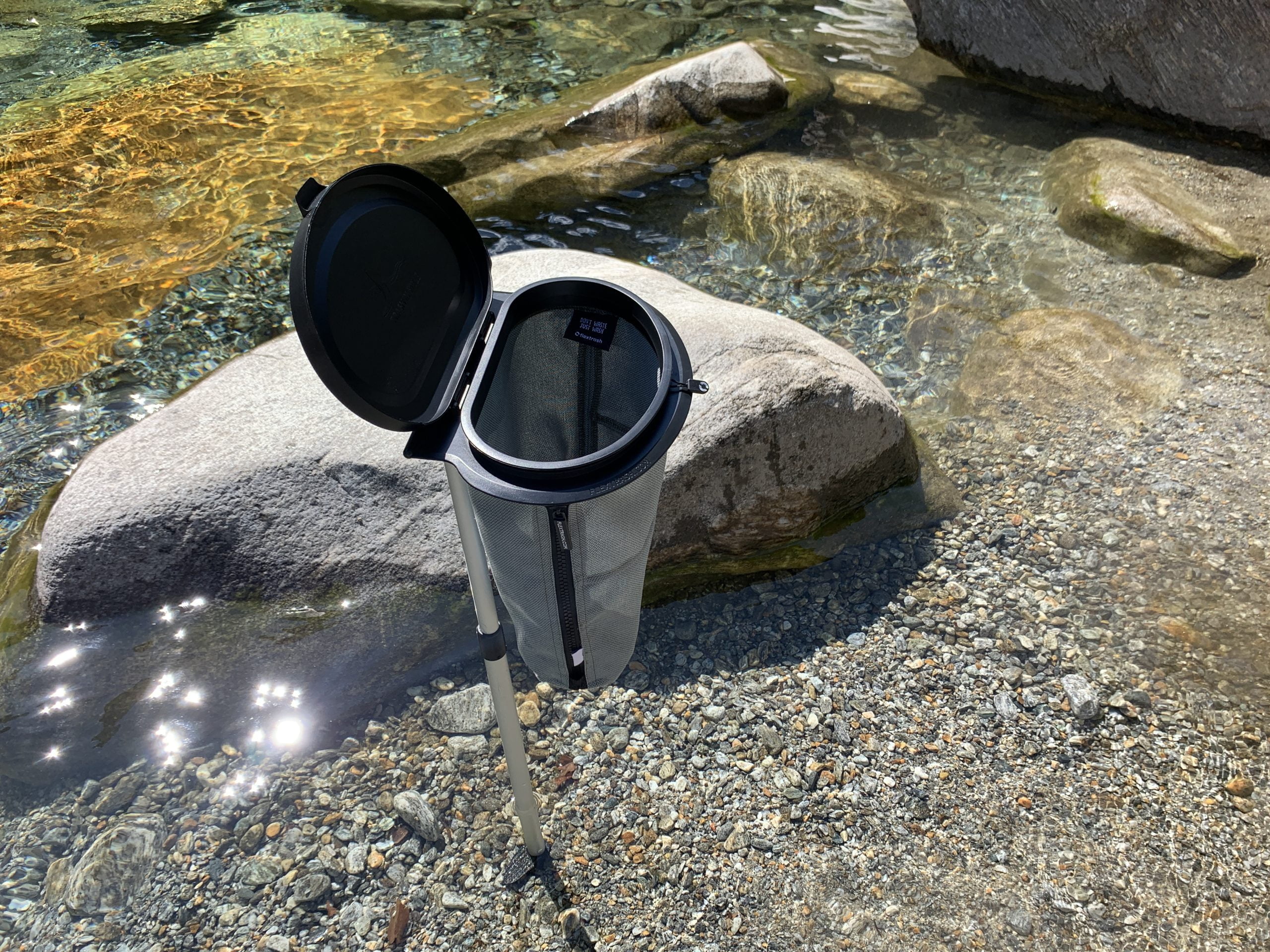
Probably the most versatile bin for campers
Probably the most versatile waste bin for campers The Danish Flextrash - where waste meets bin! Contents of this article The Flextrash - waste bin for campers with

